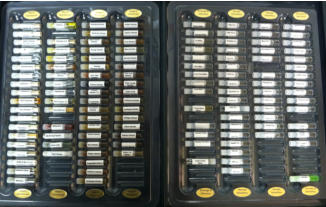Muscle testing or nutrition response testing is available at Holistic Healing & Wellness. It is a technique to determine optimal supplements and food sensitivities.
Muscle testing is a simple, safe, natural method of analyzing the body’s needs using the body’s reflexes. It is very precise and scientific, and is a modern version of a very old technique.
In the 1920’s physicians developed a method for insurance companies to test people making claims for injury. This method enabled them to see if they were in fact experiencing an imbalance and if so, how it could be treated best. This method was based on the research of the pioneering physician Dr. Frank Chapman and has evolved into muscle testing with the further work of Dr. George Goodheart.
Simply stated, muscle testing evaluates the electrical network or grid which surrounds and flows through the body. If the electrical system is in balance then the body’s muscles will be stronger than if the electrical system is out of balance. The most common area of the body to test is the arm. The person being tested holds their arm in front of them, or beside them, parallel to the ground. If pressure is applied to the person’s extended arm while their body’s electrical system is being negatively affected, the muscles will weaken and the arm will not be able to resist the pressure. However, if pressure is applied while his electrical system is being positively affected, the person will easily resist and the arm will hold its position.
Neurolingual Taste Testing
This is a new technique which uses the fundamentals of muscle testing and is useful in addressing pain. Essentially, a baseline measurement is taken as to movement limitation such as touching toes, difference in hand strengths, one-leg balance time. A supplement or food is placed in the mouth and chewed for 30 seconds but not swallowed. The baseline test is re-measured. Did it get worse or better? If better, it is likely to be beneficial for you. If not, it’s not.
Although the technique seems strange, it is actually based on solid science with the neurological connection between taste sensations and the hypothalamus in the brain. When tasting a substance there is a neurological connection between the nerves in the mouth and the hypothalamus. The hypothalamus communicates to the muscles to relax or strengthen. Muscles are moved by nerves, so although the muscle is tested, we are indirectly assessing the nervous system via the muscles.
A substance on the tongue and a nerve impulse is generated in the fraction of a second. That impulse then travels via the lingual and glossopharyngeal nerves to the tractus solitarius in the brain stem. The brain then sends out messages to multiple control mechanisms in the body. Then the whole control nervous system communicates with tissues and organs in the body to regulate or alter function in some way. Hence, you get changes in pain and stiffness.
